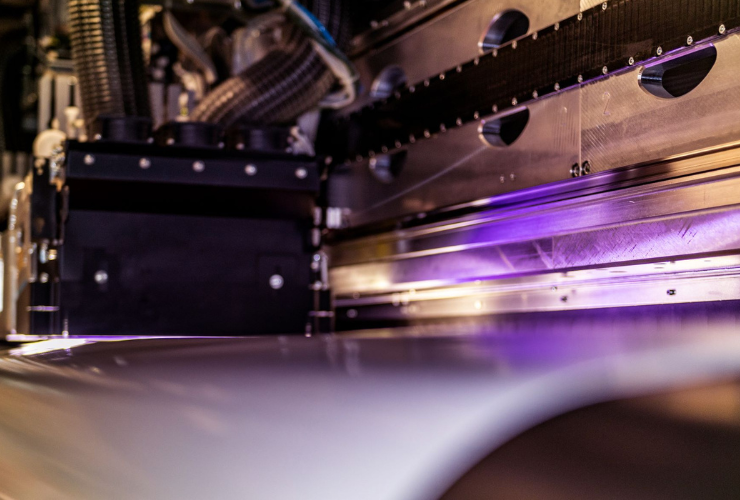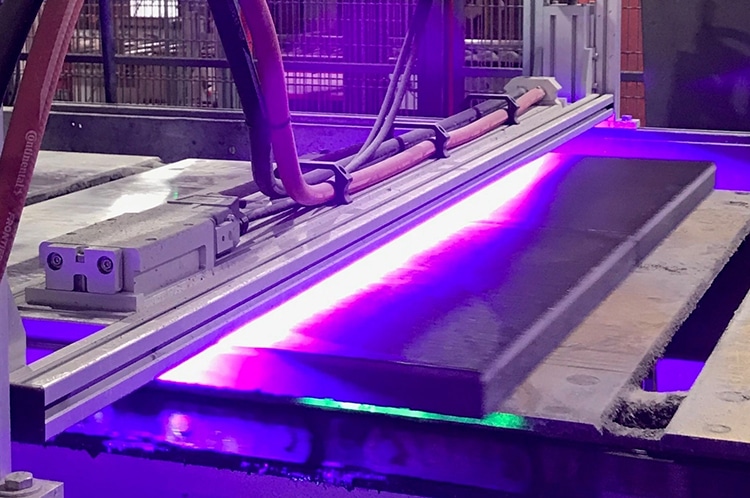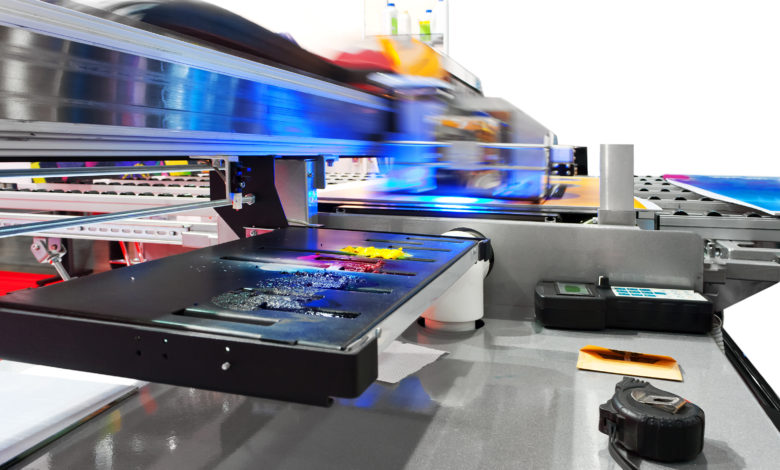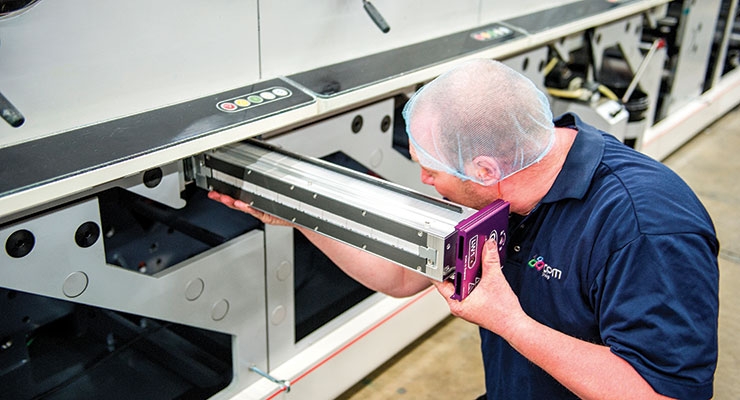
UV LED is one of the finest technologies designed to generate intense light, albeit with minimal power consumption.
Ideally, especially in the printing business, they can emit significantly little heat while enjoying a longer lifetime.
LEDs are beginning to replace traditional hot, power-hungry, and short-lived metal halide (mercury vapor) lamps on modern UV inkjets.
Cool operation, low power consumption, long life, superb flexibility, and minimal issues with disposal render LEDs a desirable technology in the printing industry.
This is in addition to being a stunningly eco-friendlier alternative to standard mercury lamps.
If you are in the printing industry and looking to invest in UV-LED Curing, here is the reason why:
Why IS LED-UV Curing Right for Your Printing Business?
UV-LED is a Cost Saver
The specifics of the cost saving for printing through UV-LEDs depend on your system, with power outputs and cost performance changing continually.
Nonetheless, to use a simple example, standard UV-LED units for large format printing with a 10W UV energy output consumes around 80 electric Watts-60W (for lamps) and an additional 20W (for cooling fans & output circuitry).

In comparison, traditional metal halide units consume around 1.2KW, notably more than electric fire heaters (single bar), and produce radiant heat that transmits across the entire printer components, including the ink, head, and, most importantly, your media.
Ideally, while UV LED curing doesn’t make much difference to a printer’s purchase price, they eventually lead to cost efficiency through a combination of lower maintenance, and significantly-less electric usage, all without incurring any replacement costs.
Besides the apparent electric bill reduction, this is essential for printing companies looking to minimize their overall carbon footprint.
Fast Switching
LEDs offer printing companies added benefits because they can be varied in intensity or switched on/off rapidly without damage.

Standard mercury lamps operate by striking short-circuit arcs through the lamp’s mercury. Special electronics are needed to fire them up.
Afterward, you must keep them running, meaning you usually leave them throughout the shift, consuming power and generating significant heat when printing or not.
Printers feature varying speeds meaning that UV Curing energy requirements also vary.
There’s only limited scope for changing the output intensity of mercury lamps by switching the power input; hence, they are always in effect at full power, and mechanical shutters control the light amount to shut it off or get to the media.
Contrastingly, the capacity of LEDs to switch rapidly can be usefully applied to vary light output, although you can vary brightness by changing the specific input power levels.
Since LEDs can be pulsed to minimize their power output and only switched on when necessary, their lifetime can be extended significantly, potentially more than your printer’s lifetime.
UV-LEDs Allow for Cool Components
LEDs represent solid-state electrical components usually applied extensively in modern lighting purposes, with more diverse applications coming out every day.

In extension, UV-LED, the UV-emitting LED form, represents more advanced and expensive LED options and are designed explicitly into arrays of multiple LEDs for professional ink-curing applications.
UV-LEDs generate a moderately narrow range of UV wavelengths compared to the more extensive array of mercury vapor lamps. The best way is to utilize the inks formulated for optimal sensitivity in such wavelengths.
With this technology, printing companies will ably supply own-label inks for LED use for their printers, although it’s a provision worth avoiding if you utilize third-party inks.
Furthermore, as opposed to mercury lamps, standard UV-LEDs don’t usually emit radiant heat or infrared light. This means that print media won’t heat up significantly while printing, allowing heat-sensitive materials to be used.
Alternatively, UV-LEDs allow you to use thinner plastics like vinyl than you would with standard mercury lamps since they can’t buckle under these LEDs.
With thinner media, you can save on lighter-weight rolls and materials, with excellent benefits across the entire supply chain, from delivery vehicles to waste disposal.
Extended Printer Operational Life
Another excellent reason for the importance of UV-LED for curing in printing is that they can be turned off in non-printing mode hence extending actual service life.
Ideally, most UV-LEDs never require replacing during your printer’s service life.

Traditional high-pressure mercury lamps produce ozone gas, a component that is hazardous to machine operators and is only best extracted through ventilation.
Nonetheless, this can be significantly overcome using glasses that filter out the exact ozone-generating wavelength.
LEDs are also free of ozone. Since mercury is poisonous, lamps must be discarded according to environmental regulations.
LEDs have no standout hazardous components, and considering their extended lifetime, waste is relatively lower.
Summary
Ultimately, LEDs are the next big thing in the Printing Industry, if they aren’t already, mainly because they have become increasingly cost-efficient on many printers.
This investment is not exempt from associated costs, especially when converting your curing systems.
However, the savings you stand to reap in bulb life alone are enough to improve your company’s environmental performance and, most importantly, quickly pay for your investment while saving electric costs.
So, for any printing business looking to enjoy a profitable future, the obvious move is to go the LED curing way for a more prosperous, eco-friendlier future for any printing business.